Organizations nowadays must be able to react quickly and accurately to changes that are gaining pace and breadth every day. In this scenario, educational initiatives and knowledge management become more crucial for all types of institutions—not just those that are business-oriented. In the current age of knowledge, the creation of an adaptable organizational structure that can meet customer needs through efficient resource management and safeguard and enhance competitiveness is contingent upon adopting an approach that views knowledge as the most fundamental and strategic component.
The growth of e-learning and knowledge management inherently promotes integration and draws the two fields closer together. For many years, e-learning and knowledge management have been established as distinct, acknowledged fields of study. These disciplines are becoming more and more popular as the emphasis shifts to knowledge as the primary organizational resource. This is because they both deal with the capture, sharing, application, and generation of knowledge; they also have significant technological components that enhance learning; they help to create a culture of continuous learning; and they can be broken down into learning objects.
It is evident that information exchange, for instance, through commercial partnerships, is prevalent throughout the world and even occurs between competing businesses. Due to the nature of knowledge, no knowledge management model is universally recognized, despite the widespread recognition of knowledge’s value and strategic significance for businesses. First of all, knowledge is a human construct—that is, it originates in people’s thoughts. Human-based elements like instincts, convictions, culture, experiences, etc., are influential in this development. However, knowledge’s meaning is context-dependent, meaning that it is only meaningful in a given situation. The significance and meaning of knowledge are determined by the environment in which it is produced, disseminated, and applied. Furthermore, knowledge management lacks tested tools and procedures and is a relatively new management approach in comparison to other approaches like quality management, human resources management, etc. Additionally, knowledge is an intangible asset that cannot be controlled directly.
Since the majority of businesses today function as digital workplaces, e-learning is becoming increasingly prevalent as a means of effectively and efficiently dispensing information. Below are some of the positive impacts of e-Learning as a knowledge management tool.
Increased Adaptability and Accessibility
e-Learning has enabled professionals and students—particularly those with disabilities—to work from home and attend classes. For those who are employed, it has expanded options and opportunities for jobs, as well as improved access to education for those residing in rural areas. With e-learning, students do not have to move to a new state or country, unlike traditional education and employment, which require students and employees to be present at set times and locations. Alternatively, lectures and files can now be accessed whenever and wherever it suits them most.
Better Pace and Retention
Students can learn at their own pace in an e-learning environment, free of peer pressure. Self-paced learning increases students’ confidence by assisting them in developing a clear understanding of the material they are studying. In addition, by taking into account individual learning styles, preferences, and strengths, e-learning can offer customized learning experiences that can improve students’ retention of information.
Effective Management Tool
E-learning can also be a useful management tool, providing information about employee growth and development as well as pointing out any skills gaps that may need to be filled. After these gaps are identified, a decision must be made between providing opportunities for current employees to upskill and hiring new employees to meet the demands of the industry. Senior management and the learning employee can have access to training materials and courses that are intended to enhance the overall quality of learning.
ASSIST Asia is here to integrate e-learning with knowledge management procedures in a way that will maximize synergies and greatly enhance both the output of new knowledge and the effectiveness of learning processes
Contact us now!
References:
Judrups, J. (n.d.). Analysis of Knowledge Management and E-Learning Integration Models. ScienceDirect.com. https://www.sciencedirect.com/science/article/pii/S1877050914015890/pdf?md5=476f295ce3f2c4dfe2292540bb5850a8&pid=1-s2.0-S1877050914015890-main.pdf
Yilmaz, Y. (2012). Knowledge Management in E-Learning Practices. Turkish Online Journal of Educational Technology, 11, 150-155.
Mentis, C. (2023, August 10). The 3 benefits and positive impact of e-learning in Education. Claromentis. https://www.claromentis.com/blog/impact-e-learning-education/




